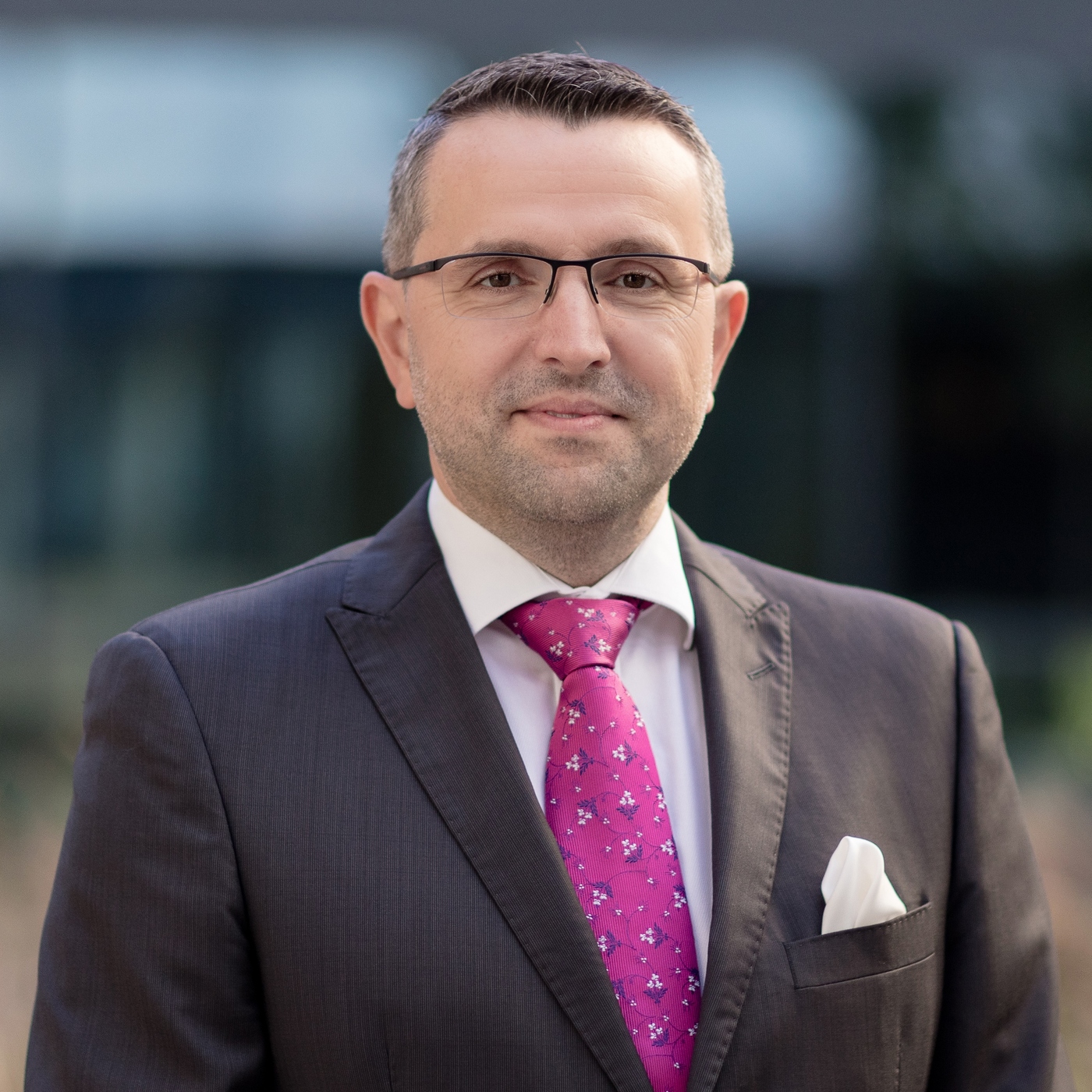With a rise in global issues like climate change, a social justice movement coming to the forefront of the public consciousness, turbulent economic times, and rapid technological change shifting how we work, it’s simply impossible to overstate just how complex, fast-changing, and unpredictable the world has become.
But there’s something else we need to acknowledge: major crises come with opportunity and responsibility. It’s not surprising that companies which embrace ‘purpose’ beyond profits outperform those that don’t. More than ever, we look to brands to inspire us, motivate us, and help us find solutions to our shared problems. What is surprising, however, is how often the promise of purpose fails to live up to its potential.
There’s an urgent need for businesses to embrace their role within the social fabric – to accept responsibility for thinking beyond the bottom line and for effecting positive change in society. This need, combined with the purpose gap that we’re seeing in the business world, brings us to the topic of Purposeful Leadership.
 While no single formula for successful leadership can solve all the problems of the world, it’s clear that leadership is more relevant than ever. Gone are the days where profit-optimizing, domineering, and inflexible leaders were held up as examples of what leadership looks like. The challenging environment we face today necessitates a different type of leadership.
While no single formula for successful leadership can solve all the problems of the world, it’s clear that leadership is more relevant than ever. Gone are the days where profit-optimizing, domineering, and inflexible leaders were held up as examples of what leadership looks like. The challenging environment we face today necessitates a different type of leadership.
At Amrop, we’re in the business of finding leaders who do just that. Leaders who understand the importance of Diversity, Equity, and Inclusion (DEI), who minimize their impact on the planet, who prioritize the well-being of their team, and who can see beyond the day-to-day trials of running a business in order to create lasting social impact. In other words, we’re motivated to find our clients’ leaders who help them realize their own purpose.
Purpose matters
We know this intuitively. Just ask any sports team, musical ensemble, or community group; they’ll talk about how any collective working towards a goal must share a vision. Ensuring that an organization is on the same page is an undisputed key ingredient to group success. The same wisdom holds true when applied to the business world: purpose moves the needle.
Companies which see beyond the bottom line and create lasting environmental and social impact grow faster than their competitors, inspire more loyalty in their consumers, and are more likely to attract and retain top talent. In order to reap the benefits of a purpose-driven culture, organizations must grow beyond treating purpose as an isolated tactic to be ticked off a list or a mere marketing message. Instead, purpose must be baked into the very DNA of an organization and brought to life through every decision made and action taken.
Achieving that level of commitment across an organization doesn’t happen overnight. The different stages of purpose evolve over time and become increasingly more authentic and effective, until the purpose feels less like a marketing tactic and instead becomes a deeply entrenched business-led movement.
Within the Amrop network – which includes 69 offices across 55 countries – we’ve studied Purposeful Leadership extensively and developed a model for identifying and assessing Leaders. It consists of three pillars – all essential for the success of C-suite executives and Board members – that must be interwoven in order for Purposeful Leadership to reach its full potential:
Individual Purpose - Expressed by the personal experiences, passions, characteristics, and traits of a leader.
Social & Environmental Purpose - Expressed by a leader who sees beyond their primary role, engages with multiple and diverse stakeholders, and prioritizes the societal impact of the company.
Business Purpose - Expressed by a leader’s ability to meaningfully connect their individual purpose and the company’s social and environmental purpose to the operational and strategic priorities of the company.
The C-suite sustainability struggle
The best Boards ensure that stakeholders understand the terminology used in the design, implementation and communication of sustainability endeavors. This clarity also needs to extend to hiring processes surrounding the CSO and related functions. CSOs must change their focus from public communication and outreach to more direct interactions with key stakeholders and investors. In a context of inconsistent reporting methodologies and standards, successful Boards and CSOs decide on priority ESG reporting areas, ensure access to accurate and relevant data and secure the manpower needed to synthesize it.
The business case for sustainability is clear and the heat is on. Stakeholders and investors are relentless in their demands for measurable performance. Sustainability is a struggle. Unsurprisingly, CSOs are in hot demand. BoardEx data reveals that 27.2% of S&P 500 companies had a CSO in 2022, rising from 19.1% in 2017. In 2021, more CSOs were hired than in the previous five years combined. Amrop saw a 211% global increase in client demand for sustainability hires between 2019 and 2022.
Sustainability is wide-ranging, shifting and ambiguous. Given this, Boards need to determine the focus of their organization as best they can. They need to be clear on the ESG targets to prioritize, and the mandate and reporting lines for the CSO need to align with these.
Igor Šulík, Managing Partner & Leader of Global Amrop Leadership Advisory Practice Group, Amrop Slovakia



Follow us